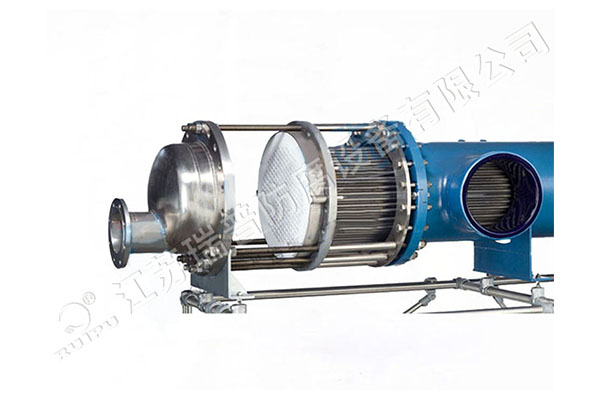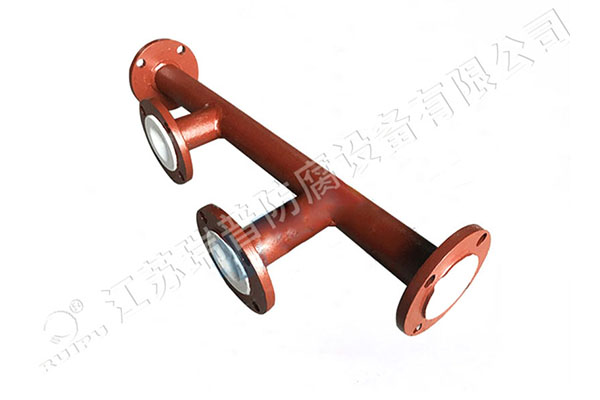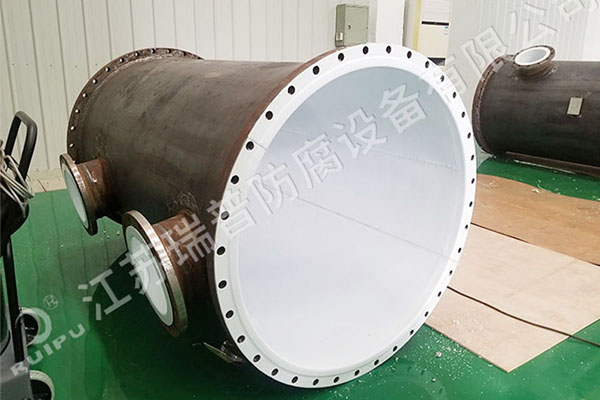How does the selection of heat exchanger materials affect its long-term operating stability and corrosion resistance?
Release Time : 2025-01-09
As an indispensable equipment in the industrial field, the stability and corrosion resistance of the performance of heat exchangers are directly related to the operating efficiency and life of the equipment. The material selection of heat exchangers is one of the key factors that determine their performance.
The material of the heat exchanger plays a decisive role in its corrosion resistance. Common heat exchanger materials include stainless steel, titanium alloy, copper alloy, etc. These materials have different corrosion resistance and are suitable for different use environments. For example, stainless steel is widely used in chemical, pharmaceutical and other industries due to its good corrosion resistance and high temperature resistance. Titanium alloys have stronger corrosion resistance and biocompatibility, and are more suitable for use in medical devices and other fields.
In addition to corrosion resistance, the mechanical strength of the material is also an important factor to consider when selecting. In high temperature and high pressure working environments, the material must have sufficient strength to withstand these conditions and prevent deformation or breakage. Therefore, for heat exchangers that need to operate under extreme conditions, it is crucial to select high-strength and high-stability materials.
In addition, the thermal conductivity of the material is also a key factor affecting the performance of the heat exchanger. High thermal conductivity materials such as copper and aluminum can transfer heat faster and are suitable for applications that require efficient heat transfer. However, these materials are relatively expensive and may not be as stable as corrosion-resistant materials such as stainless steel or titanium alloys in certain corrosive environments. Therefore, when selecting materials, it is necessary to comprehensively consider performance, cost and applicability.
The long-term operating stability of the heat exchanger is also affected by the fatigue resistance of the material. Under long-term alternating loads, the material may suffer fatigue damage, resulting in equipment performance degradation or even failure. Therefore, the selection of materials with good fatigue resistance is of great significance to ensure the long-term stable operation of the heat exchanger.
In summary, the selection of heat exchanger materials has an important impact on its long-term operating stability and corrosion resistance. When selecting materials, it is necessary to comprehensively consider multiple factors such as corrosion resistance, mechanical strength, thermal conductivity, cost and fatigue resistance. Through reasonable material selection, it can ensure that the heat exchanger can maintain stable performance in various harsh environments, extend the service life of the equipment, and improve the efficiency and benefits of industrial production.
The material of the heat exchanger plays a decisive role in its corrosion resistance. Common heat exchanger materials include stainless steel, titanium alloy, copper alloy, etc. These materials have different corrosion resistance and are suitable for different use environments. For example, stainless steel is widely used in chemical, pharmaceutical and other industries due to its good corrosion resistance and high temperature resistance. Titanium alloys have stronger corrosion resistance and biocompatibility, and are more suitable for use in medical devices and other fields.
In addition to corrosion resistance, the mechanical strength of the material is also an important factor to consider when selecting. In high temperature and high pressure working environments, the material must have sufficient strength to withstand these conditions and prevent deformation or breakage. Therefore, for heat exchangers that need to operate under extreme conditions, it is crucial to select high-strength and high-stability materials.
In addition, the thermal conductivity of the material is also a key factor affecting the performance of the heat exchanger. High thermal conductivity materials such as copper and aluminum can transfer heat faster and are suitable for applications that require efficient heat transfer. However, these materials are relatively expensive and may not be as stable as corrosion-resistant materials such as stainless steel or titanium alloys in certain corrosive environments. Therefore, when selecting materials, it is necessary to comprehensively consider performance, cost and applicability.
The long-term operating stability of the heat exchanger is also affected by the fatigue resistance of the material. Under long-term alternating loads, the material may suffer fatigue damage, resulting in equipment performance degradation or even failure. Therefore, the selection of materials with good fatigue resistance is of great significance to ensure the long-term stable operation of the heat exchanger.
In summary, the selection of heat exchanger materials has an important impact on its long-term operating stability and corrosion resistance. When selecting materials, it is necessary to comprehensively consider multiple factors such as corrosion resistance, mechanical strength, thermal conductivity, cost and fatigue resistance. Through reasonable material selection, it can ensure that the heat exchanger can maintain stable performance in various harsh environments, extend the service life of the equipment, and improve the efficiency and benefits of industrial production.







